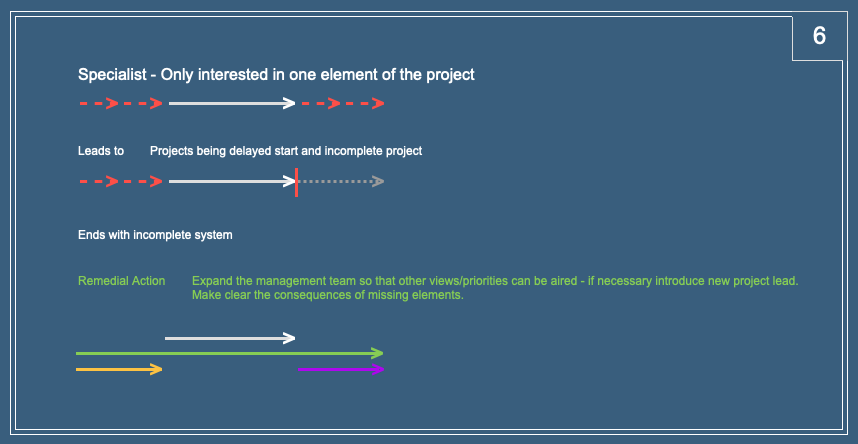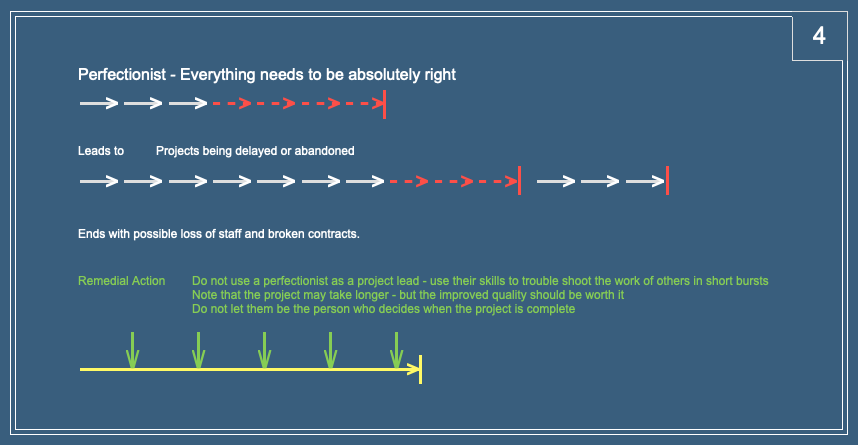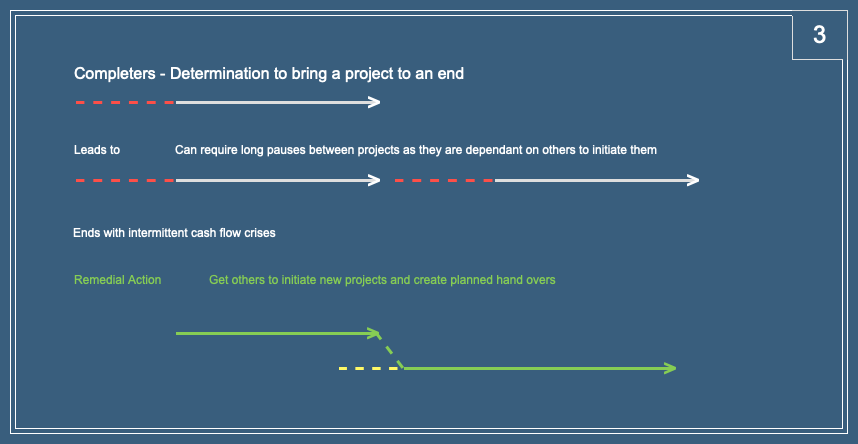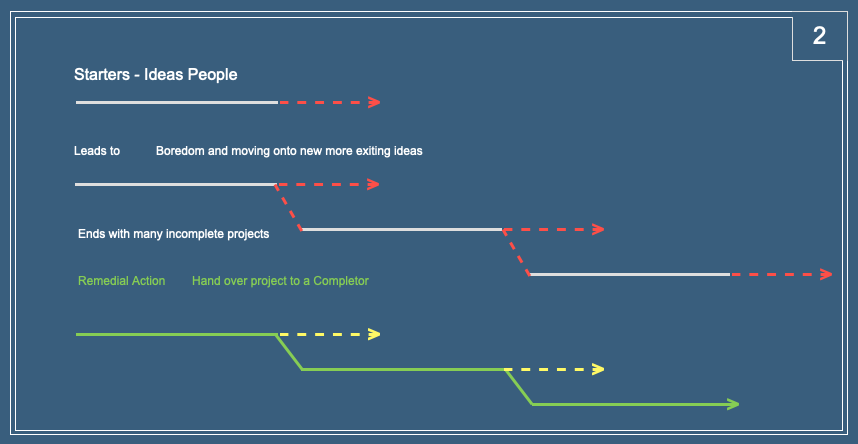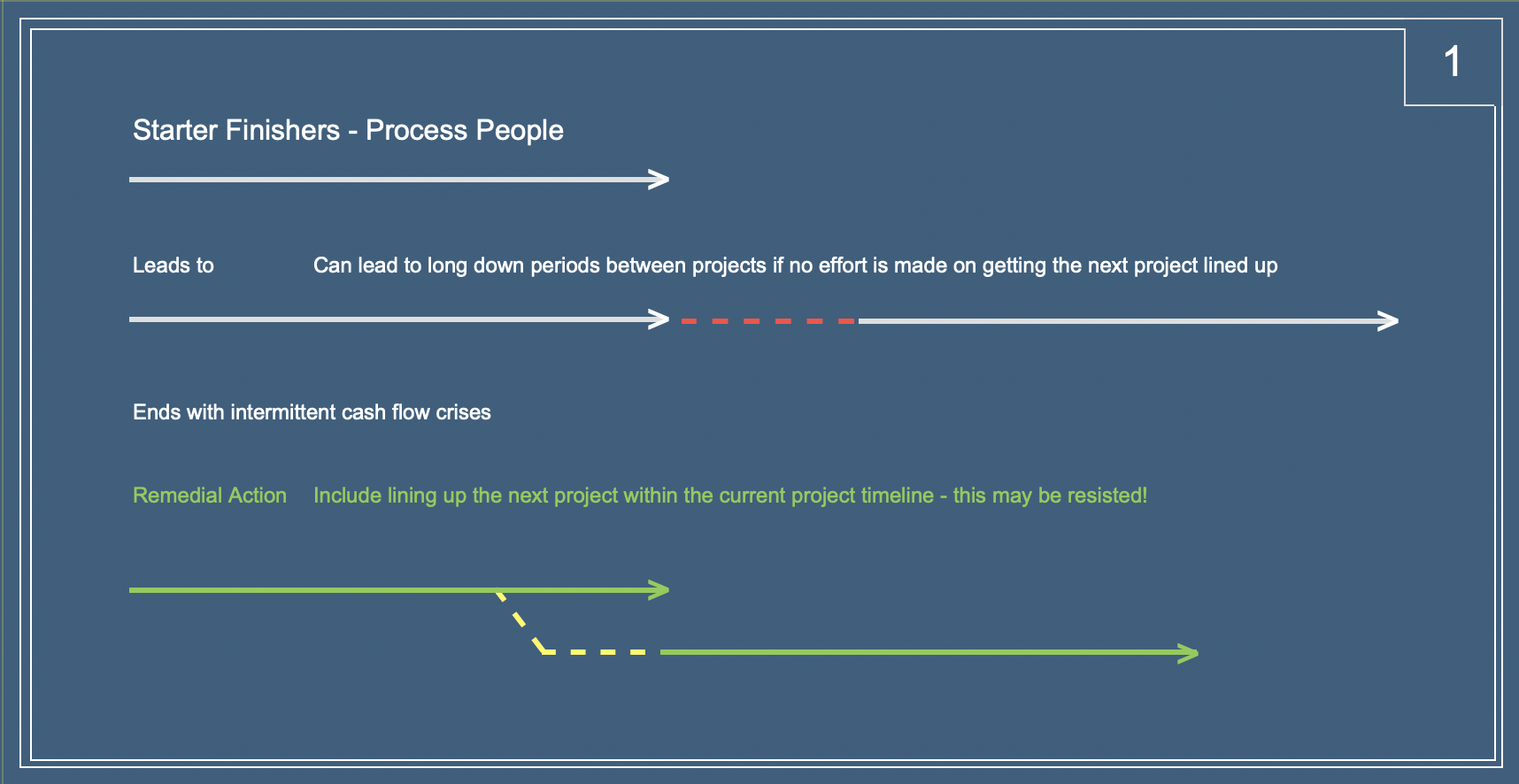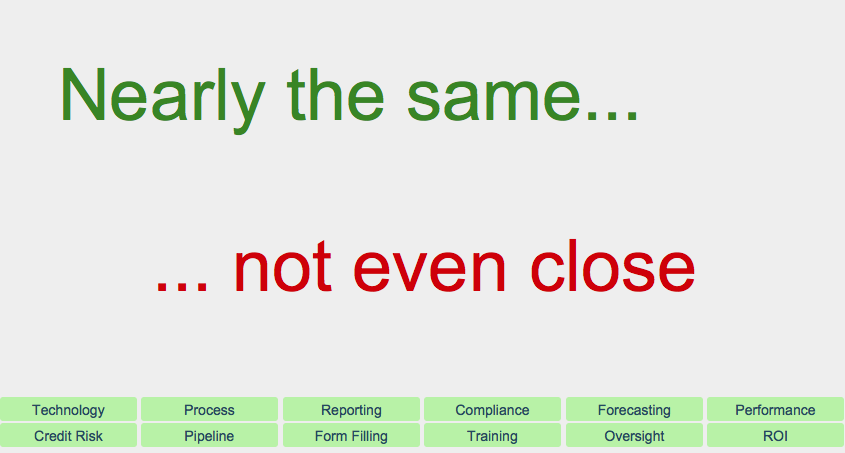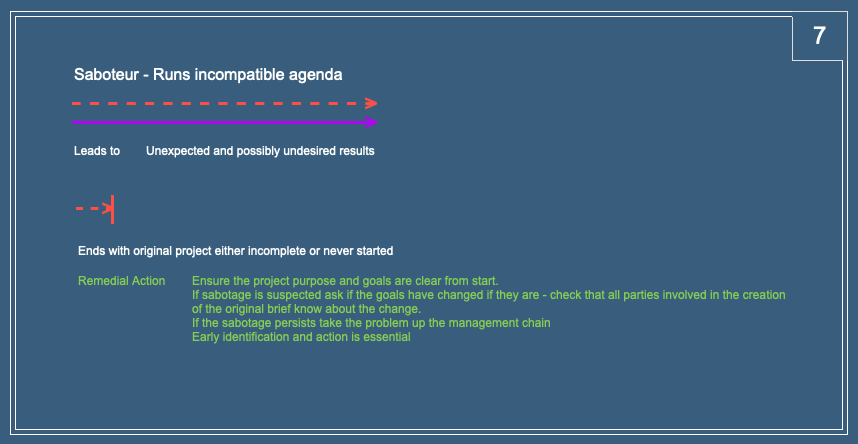
Description
A saboteur has been handed, or is involved in, a project that they dislike or
– they feel it is beneath them, or
– they do not understand it or
– they have bad intentions for the company.
What happens in each of these cases is that the manager redirects the project towards another purpose either in direct conflict with the original purpose or a purpose which they consider to be better. The key element is that it has not been pre-agreed with the boss.
The intention
I know better or
I need to hide my in-abilities or
They will suffer!
The Good
The only good option here is where it just so happens that the saboteur project manager does know better than the boss, they proceed with the project without being stopped and when complete the boss sees that they were right all along. This is a very high risk strategy.
The Bad
With a saboteur, the fall out can be widespread. If you are involved with a person who you suspect is running this agenda you need to alert the boss as soon as you can be confident of your assessment. If you do not, and the conflicting agenda is eventually exposed, it will be assumed that you agreed to be a part of it and you will be equally held accountable for it.
The Story
I saw this situation arise with one client where a new recruit was brought in to complete a recently started project. The company was growing fast and the boss needed to be managing other parts of the business. The new recruit reviewed the brief and decided that he knew better and redirected the work to meet his perception of what should be created. Thinking that this new agenda had been approved by the boss I complied with the new instructions. When the boss found out that he system had gone down a new path which he did not like,he sacked the project manager and I was instructed to bin all the work and return to the original brief. Since that was what was in the contract that is what I was compelled to do.
Remedial action
Remember, the project manager can only be labelled a saboteur if they are not revealing their agenda to the full team.
If you are working on a project and a new project manager takes over you need to review the entire brief with them. If they propose to take the project in a new direction you need to ensure that the previous project manager and the boss are made aware of the proposed changes and that the changes get signed off. If there is a contract, the old one needs to be cancelled and a new one created. You cannot allow yourself to be fobbed off with the “too busy” block. You also need to review the timeline and the budget as these will have changed substantially.
If you decide to continue without these new instructions being agreed you are likely to suffer a financial loss and a loss to your reputation.

